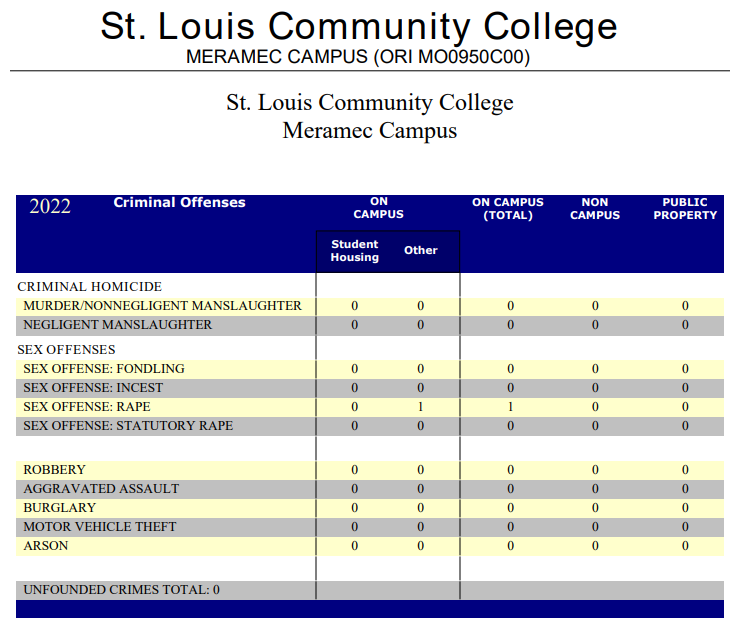One of the most anticipated shopping days of the year, Black Friday, is only a week away!

Kelly Glueck
– Staff Writer –
This unofficial holiday began in the 1960s when retailers noticed their “red,” or lost profits, going in to the “black,” gained profits. The term “black” was also popularized by police in Philadelphia complaining about the congested streets, filled both with motorist and pedestrians. Not much has changed. Black Friday still draws large, rowdy crowds eager to find the best deals on the hottest new and old products. Within the last couple years, there have been a series of injuries and deaths related to the chaos of Black Friday, and in many circumstances, stores are extending their hours with the intention to draw consumers in all day or week rather than the first few hours of opening. Stores like Barnes and Noble, Lowes, Walmart, Best Buy, Apple, Toys R US, and Amazon.com are offering shoppers similar Black Friday deals with free shipping on their websites for the popular Cyber Monday (Black Friday’s online equivalent). Target is having a two-week event with deals in its “Daily Deals” as low as 70 percent off, including $25 gift cards to lucky customers. Similarly, J.C. Penney is offering two-day deals and Home Depot will have a nearly three-week sale. Could this be a new direction for holiday shopping?
Shane Rice
– News Editor –
The day after Thanksgiving has become one of the biggest shopping days of the year.
With killer deals and long lines, it has also become a day of chaos at the stores. Thanks to the era of online shopping, the Internet has provided simpler ways for consumers to get those same great deals yet avoid the long, cold lines.
Cyber Monday is the online equivalent to Black Friday. According to comScore, consumers spent $887 million on Cyber Monday of last year. But shopping online can have its headaches and own set of problems: identity theft, credit card theft, and online retailers that are not all peaches and cream.
So how do consumers protect themselves when shopping online? What kind of steps can they take to better assist them in a good safe exchange? The answer is simple: follow these steps.
“When on a web page where personal information is required or a credit card must be entered, look for an ‘s’ after ‘http’ in the Web address of that page,” Mike Riddle said, founder of http://cybermonday.net. “This encryption is a security measure that scrambles data as it traverses the Internet. Another thing to look for is a tiny closed padlock in the address bar, or on the lower right corner of the window.”
Try to look for third-party seals of approval. Companies can put these seals on their sites if they abide by a set of rigorous standards such as how personal information can be used.
“Two of the biggest seals to look for are Better Business Bureau Online or TRUSTe,” said Tim Duncan, founder of http://blackfriday.org.
If these seals are visible, click them to make sure they link to the organization that created them. Some merchants will put these logos on their websites without permission.
Various websites offer cost comparisons which assist in finding the lowest price per request.
Be aware; there have been reports of a few sites “fixing” their technology and returning incorrect results according to Riddle.
Using a credit card online is relatively safe. All transactions are protected by the Fair Credit Billing Act.
If a credit card is used without authorization consumers are generally only liable for the first $50, and sometimes less.
The Internet is also subject to the Federal Mail/Telephone Order Merchandise Rule which requires companies to ship an order within 30 days or send notification of the delay.
However, when making a purchase, try to limit the amount of personal information given out.
Never give out passwords.
“Be sure to keep a paper trail. Print out the seller’s contact information, a copy of the receipt, a page describing the item ordered, and the email confirming the order,” Duncan said.
Once a purchase has been decided, go through that website and look for policies defining warranties, refunds, returns, legal statements and privacy policies. “Warranties, where provided, will let a consumer know what is covered and for what time period.
It will also tell them who to contact if a replacement, a refund or a repair is needed,” Duncan said. “Be sure to read the refund and return policy. Will the website provide a refund? Can the item be returned to a retail outlet? Will there be a restocking fee?”
Consumers should always pay attention to legal statements posted on the website. This will determine where legal proceedings are to be held assuming consumers are shopping in the United States. “It’s always better to be safe than sorry,” Riddle said. “Otherwise, you’ll be sorry you weren’t safe.”
Stephanie Stough
– Managing Editor –
Two years ago on Black Friday, a Long Island Walmart security guard was trampled to death when the doors were opened. More than 200 hundred people stampeded over him. Another four people reportedly suffered injuries from the same stampede, including a pregnant woman.
On Black Friday in 2005, people were trampled in a Great Rapids, Mich. Walmart and suffered several injuries.
There are several other reported cases of Black Friday injuries due to stampedes. Occupational Safety and Health Administration (OSHA) has even created safety precautions and guidelines for store employees to adapt during the holidays to avoid anyone getting hurt.
For those shoppers that will be waiting on the other side of the doors, read these tips to make Black Friday more successful, safer and potentially save more money. Following this advice may not make the biggest shopping day of the year easy, but it can make Black Friday seem a little brighter.
Do some research before Friday
Plan a route
Finding a parking spot can be difficult so for those heading out to multiple stores. Think of routes that may make it easier to make several store stops while staying in one parking spot. It may also be worth it to consider carpooling or public transportation. Also, bring a GPS along so it will be easier to navigate around traffic.
Dress comfortably & bring snacks
Shoppers considering braving the crowd at the crack of dawn should be prepared for cold and hunger and should be dressed comfortably. Be sure to bring warm clothes and easy snacks to munch on. To ensure that a potentially stressed, long day of shopping isn’t ruined by hurting feet, wear comfortable and reliable shoes. To skip lines, wear a tank top under layers so clothes may be tried on in the aisle, to avoid line waiting lines for the dressing room.
Bring the right shopping buddy or go alone
Bring the ads
See people in line as friends, not enemies
Making friends with the people in line not only make the lengthy, dark wait more enjoyable but can serve as placeholders when the inevitable trip to the bathroom becomes necessary. Embrace a friendly demeanor. It might relieve tension and a feeling of competition. It could work a lot of wonders.
Don’t overestimate products available
The ultimate savings might be available during a certain time, but don’t be in denial about how many products will be ready for purchase. Call the store ahead of time and ask how many will be available.
Don’t get ripped off
Thieves look for easy targets. On Black Friday, especially, be sure to convey confident, aware body language. Thieves look for people who are preoccupied. Walk alert through malls and parking lots and never park in isolated areas. Don’t show off too much cash and keep credit cards in a safe and hidden place from possibly being pick-pocketed.
Don’t take off the tags
There have been predictions that there will be good sales through the month of December, so keep the tags for a while. In case a particular item’s price goes down after being purchased, it can be taken to a store for a refund. Keep doing research to save even more money.











